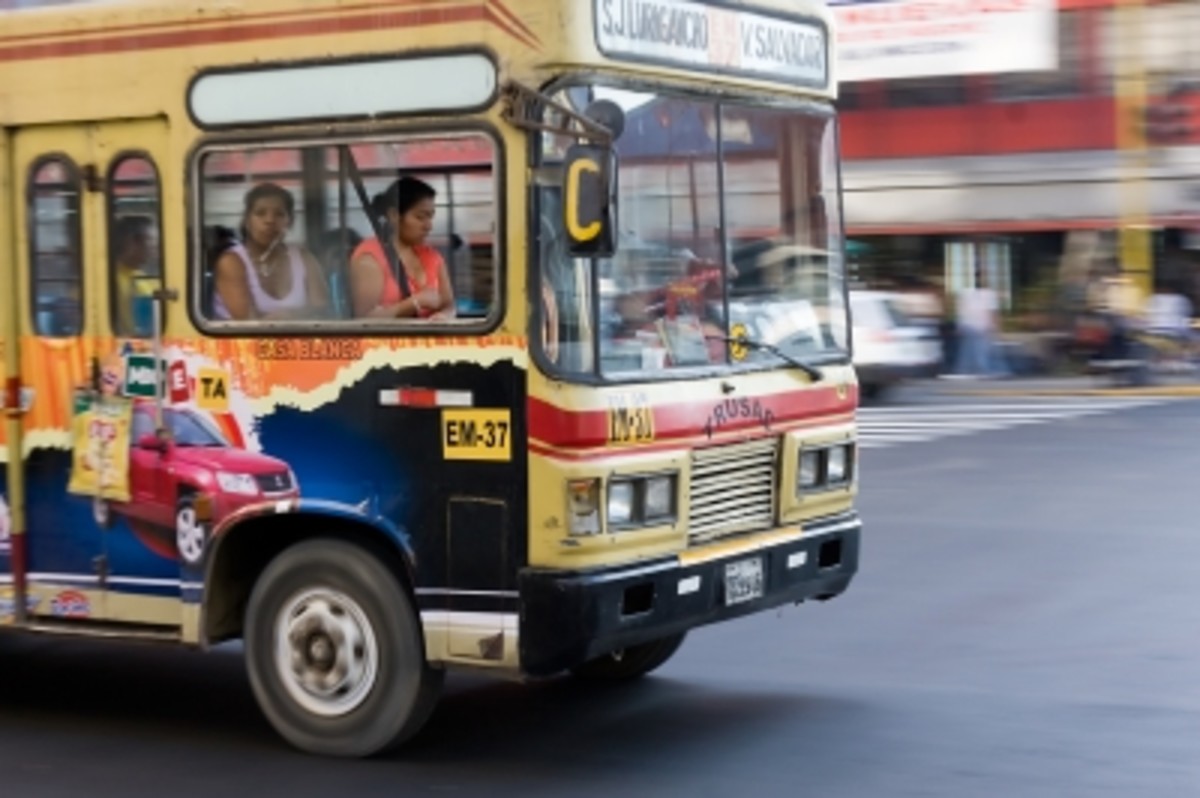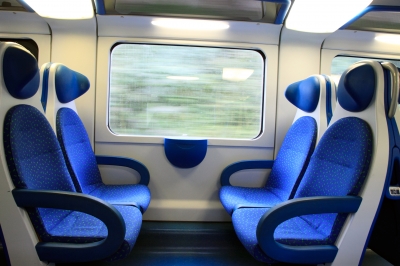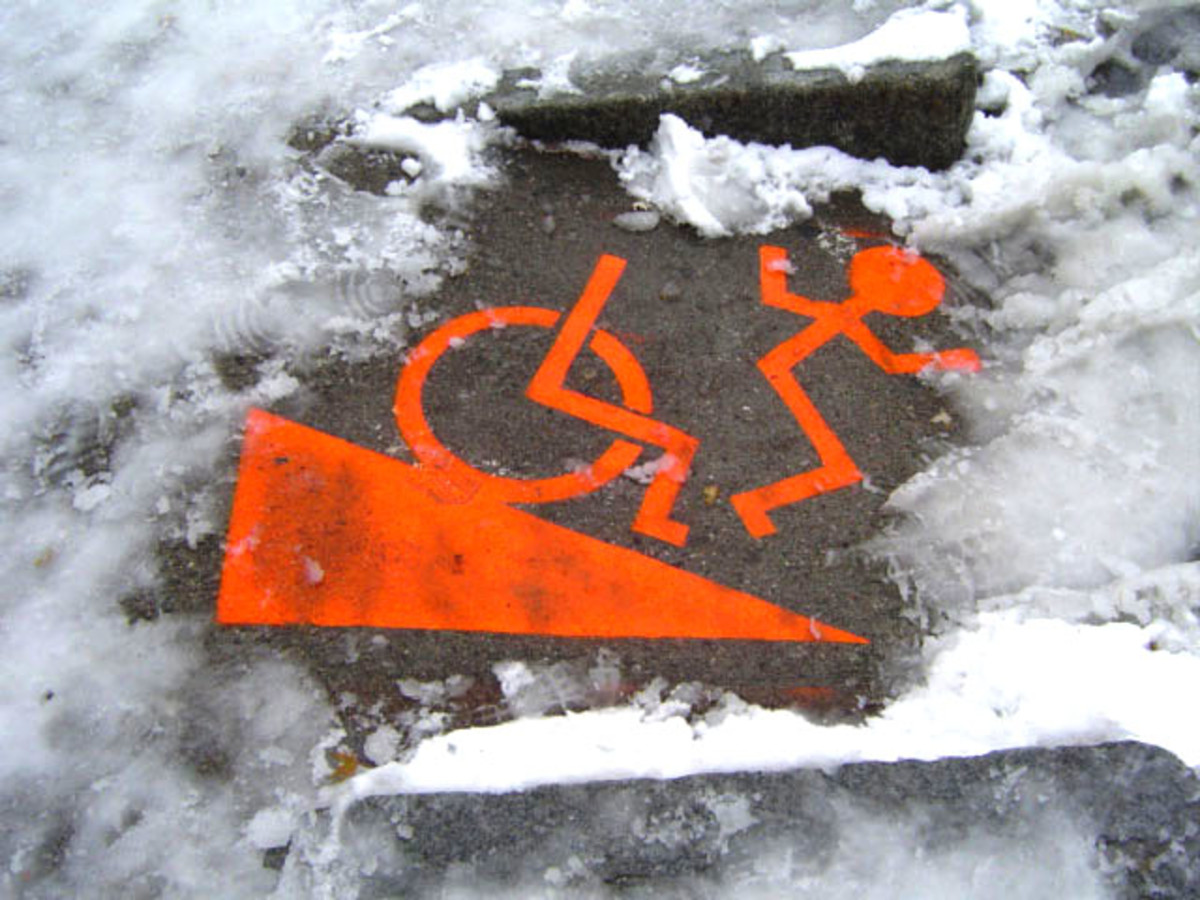Let Senior Citizens and Disabled People Sit Down On the Bus!
PublicTransportation Facts
Transportation is a 79-billion-dollar operation. In 2019, according to the American Public Transportation Association, 9.9 million people in America took public transportation. It includes buses, trains, cable cars, subways and ferries, to name a few.
There are organization that assist the elderly and disabled to reach their destinations. Para-Transit, volunteer drivers, Uber, and transportation by reservation. Public transportation allows senior citizens to continue to get around on their own.

Common Courtesy Should Prevail
There is a tough situation with senior citizens riding public transportation. There is a profuse lack of courtesy toward particularly the elderly and the disabled. People will not stand up and give up their seat to a senior citizen. Rudeness seems to be prevalent on public transportation.
Men and women, refuse to roll up their baby carriages while boarding the bus, trolley or train. As they board standing-room only buses, for example, they try to push their fully opened strollers through the crowd. This makes riding the bus a very unpleasant experience, because these riders are fully able bodied and have no excuse for not rolling up their carriages to make more space on the bus.
Just as egregious is the disrespect to elderly and wheelchair passengers. Commuters with baby carriages are taking the priority seats at the front reserved for the disabled and elderly riders. They take up the seats and large empty spaces designated for passengers who use a wheelchair.
Why is it a Problem?
It is the height of rude behavior and lack of consideration to the elderly and disabled. Those special seats and empty spaces are not for passenger with babies and baby carriages. It is for people who have disabilities. That is why the designated seats are at the front of the bus. It is so the disabled and elderly people can get on and off the vehicle with minimum help. They should not have to push and shove the other passengers to get off at their stop.
Baby carriages used to be small, just wide enough for the baby. They were easy to fold up. Now they are huge. They can take up the entire aisle. No one can get past them in a crowd. Women are also so bold as to get on the bus with double wide carriages. And sometimes there is more than one baby carriage that gets on the same bus.
Passengers get their feet stomped on by baby carriages, double carriages and strollers. When the baby carriages are open, mothers and fathers refuse to go to the back of the bus so more people can get in. They stay at the front. When a passenger's stop comes us up, the person has to push their way through the crowd and past the baby carriages to get out.
People used to respect the elderly and disabled. When a weak or feeble person came on the bus, not only would a man help him or her coming up the steps, but another person would stand and give his seat to that person. Women today get angry when you ask them to get up from the chair designated for an elderly person. They get doubly agitated when you ask them to remove their giant baby bag from the seat next to her so a disabled person can sit down. It's inconsiderate and selfish behavior.
What Helps?
The seats for the disabled and the large and spaces at the front of the bus or trolley were established and required by the federal American for Disabilities Act. It was enacted in 1990 to allow disabled and wheelchair people to be able to take public transportation. This allows them to go to a community center, go to church, go shopping, etc. The Act enables the elderly and disabled to sit at the front of the train or bus and allows their wheelchair and/or walker into the front space designated for them.
The empty seats at the front are reserved seats. Able-bodied people should not use those seats. The wheelchair areas are specifically designated for frail people. A regular passenger occupying a reserved seat should immediately stand and relinquish that seat to a senior or disabled person.
If the reserved space is empty, a woman with a baby stroller and baby should be able to use it. But, if a passenger who is elderly or disabled gets on, the passenger with a stroller should be made to move out of that space. The bus, train or trolley driver should enforce it, just as he or she must enforce the no smoking policy.
At the End of the Day
Sometimes common courtesy must be regulated. Anarchy is what happens when rules are not enforced. Selfish behavior happens. The elderly and people with physical disabilities should be given top priority on the public bus, train, or commuter rail. Anyone else in those seats is inconsiderate, rude, inappropriate, and essentially out of federal compliance. They should be required to move.

Other Articles by Carolyn2008
- My Day on Jury Duty
The jury duty selection process is an experience in civics. Everyone should participate in jury selection to understand the importance of serving on a jury. This is the experience of one person. - Some People Do Not Want to Know You Again
While trying to succeed at Life, sometimes friendships suffer and die. Then when you get around to them again, they may have moved on from wanting to re-connect. We have to learn how to accept it when old friendships disappear. - Falling Down the Stairs
When your mind is on something else, it doesn't take much to accidentally fall down a flight of stairs. This is my rendition of the night I accidentally fell because I was too much in a hurry, and the worry it caused my family. What an experience! - My Life Choices
Resolutions have repurcussions that sometimes result in frustration and guilt. Life choices are a way of life. These are my assessments of how I want to live my life with purpose, free of fear and full of laughter, fun, and acceptance. How do you cho
This content reflects the personal opinions of the author. It is accurate and true to the best of the author’s knowledge and should not be substituted for impartial fact or advice in legal, political, or personal matters.
© 2011 Carolyn Gibson





